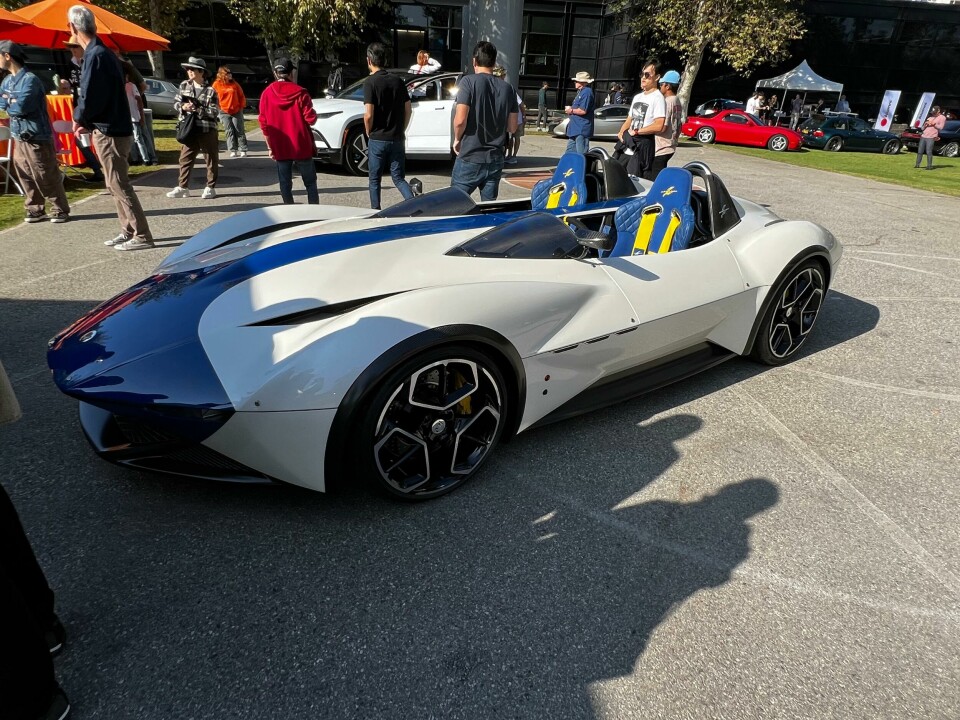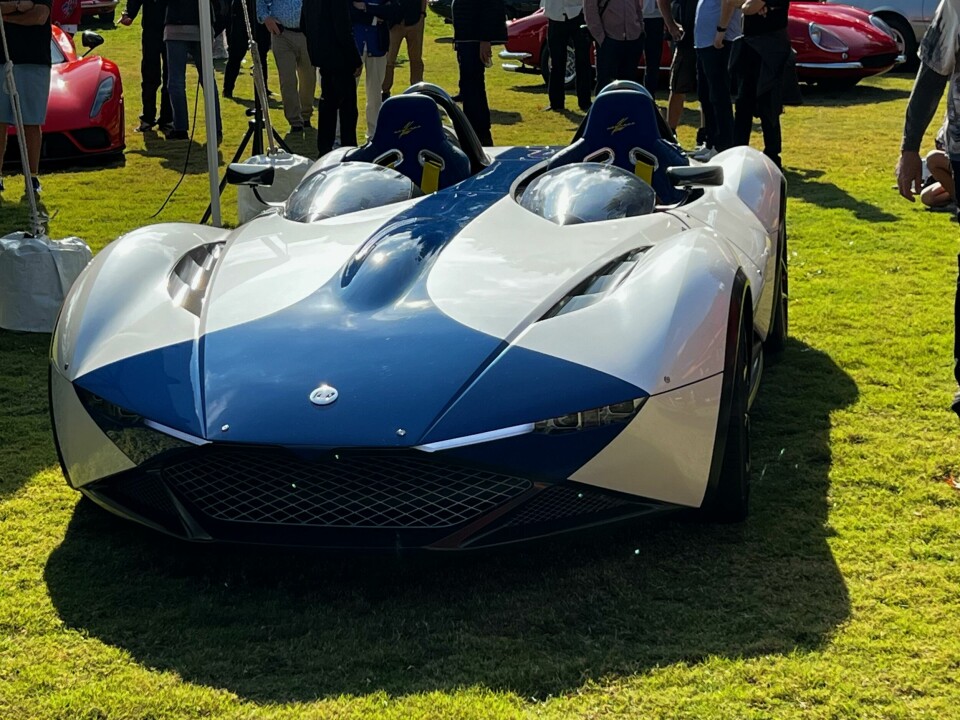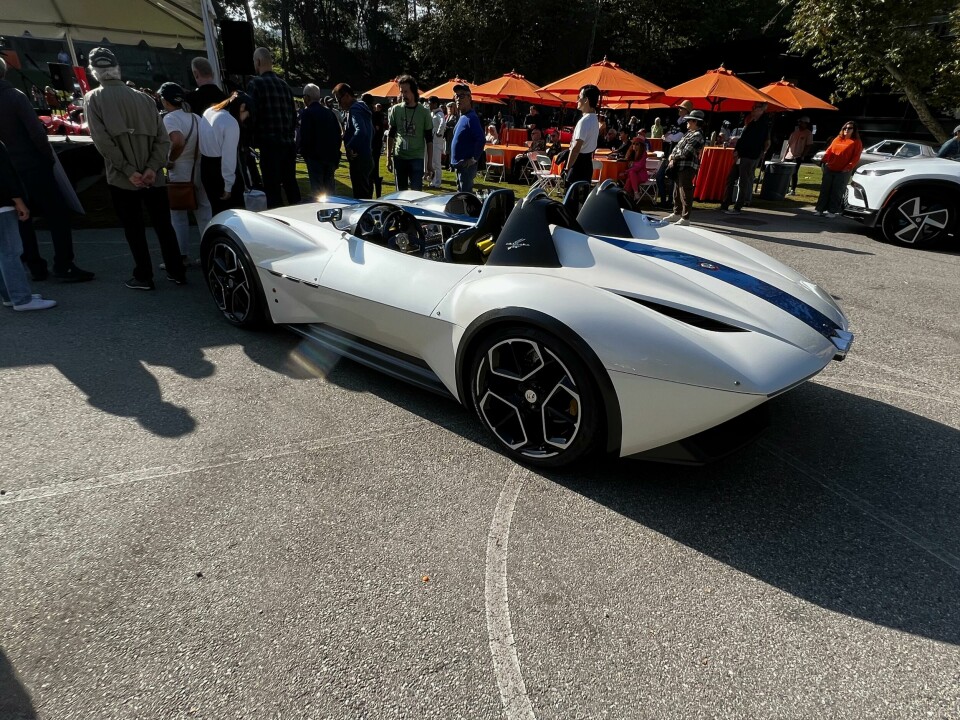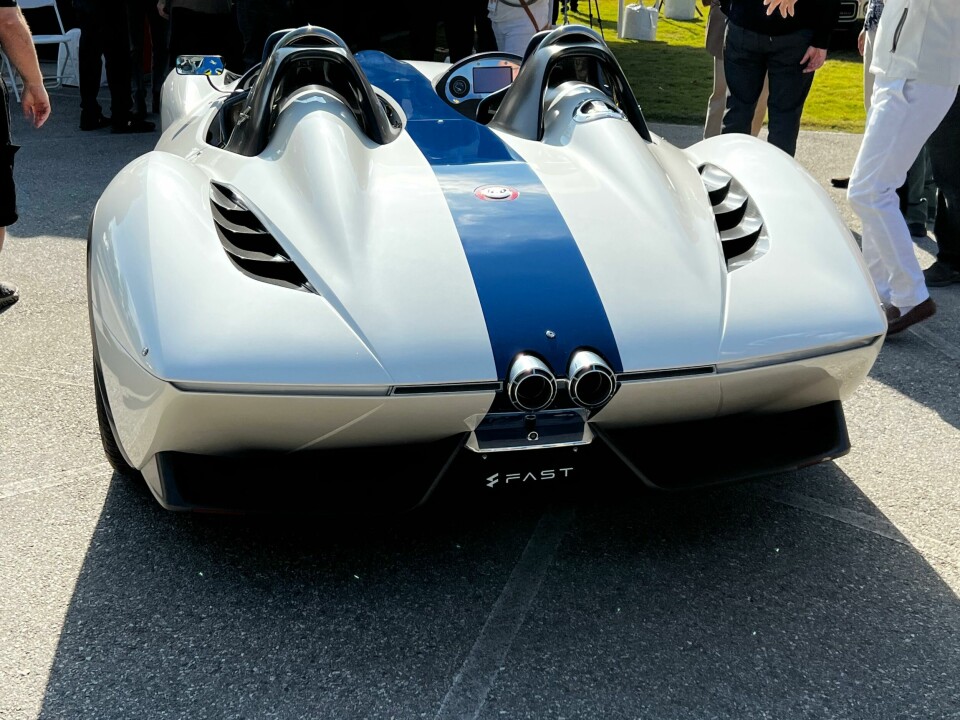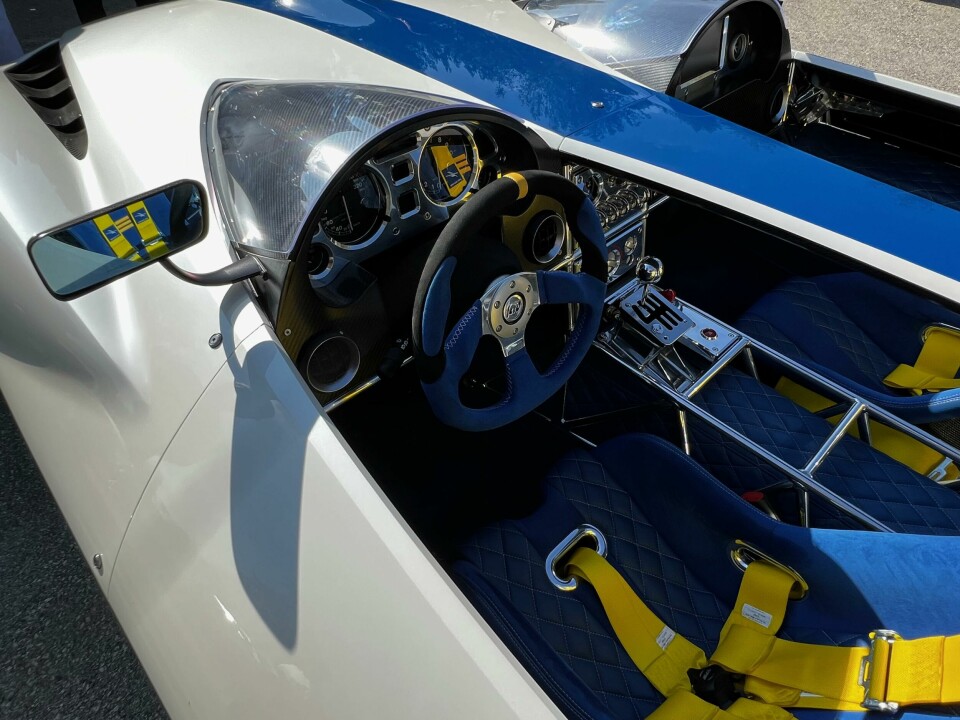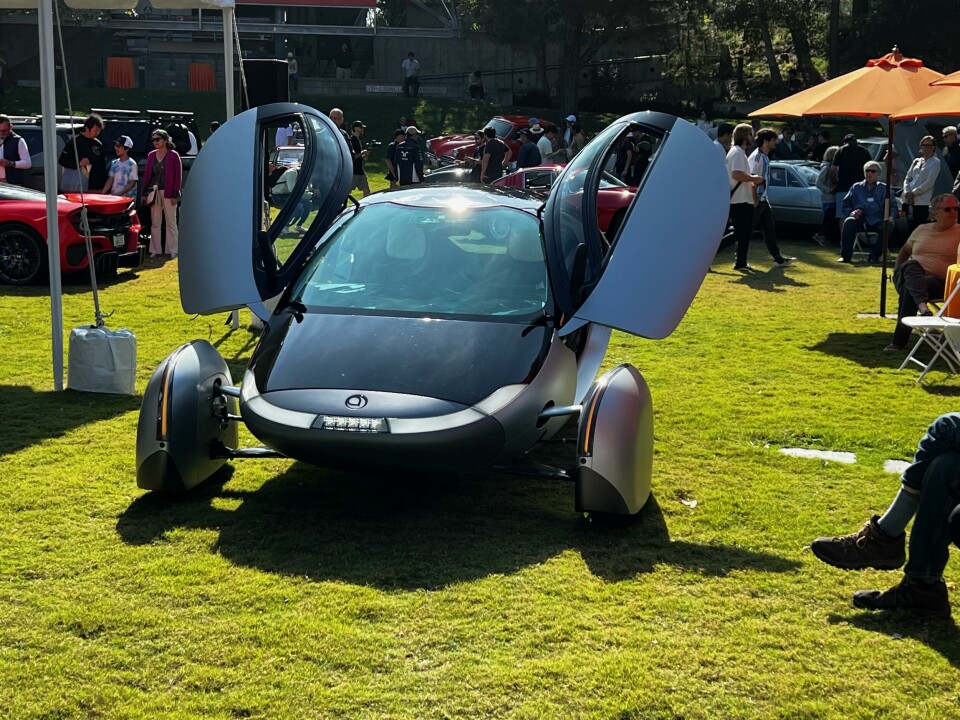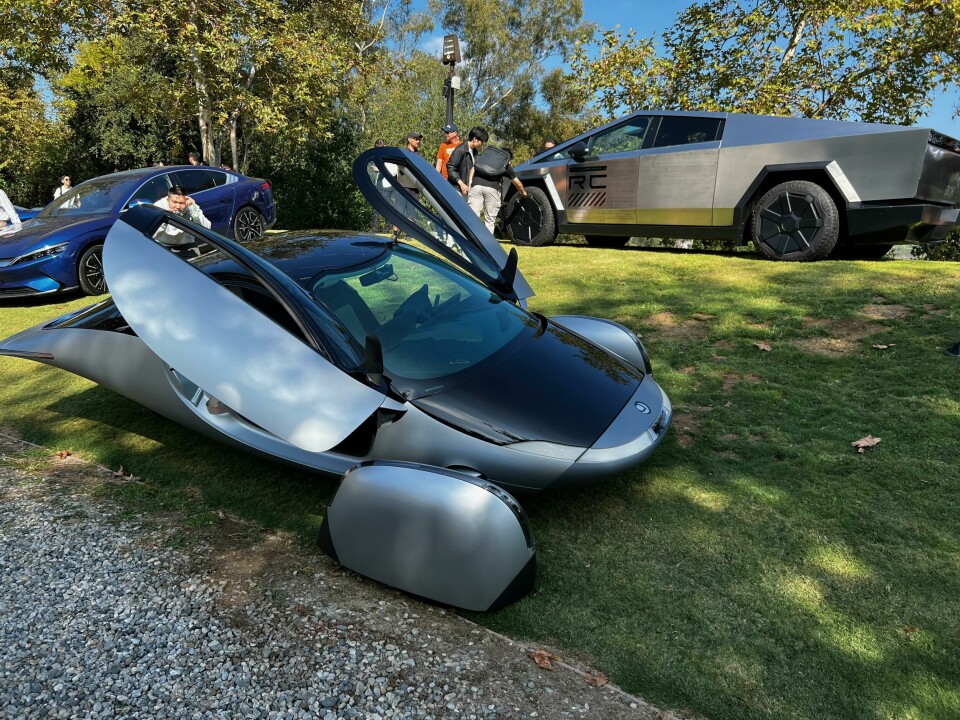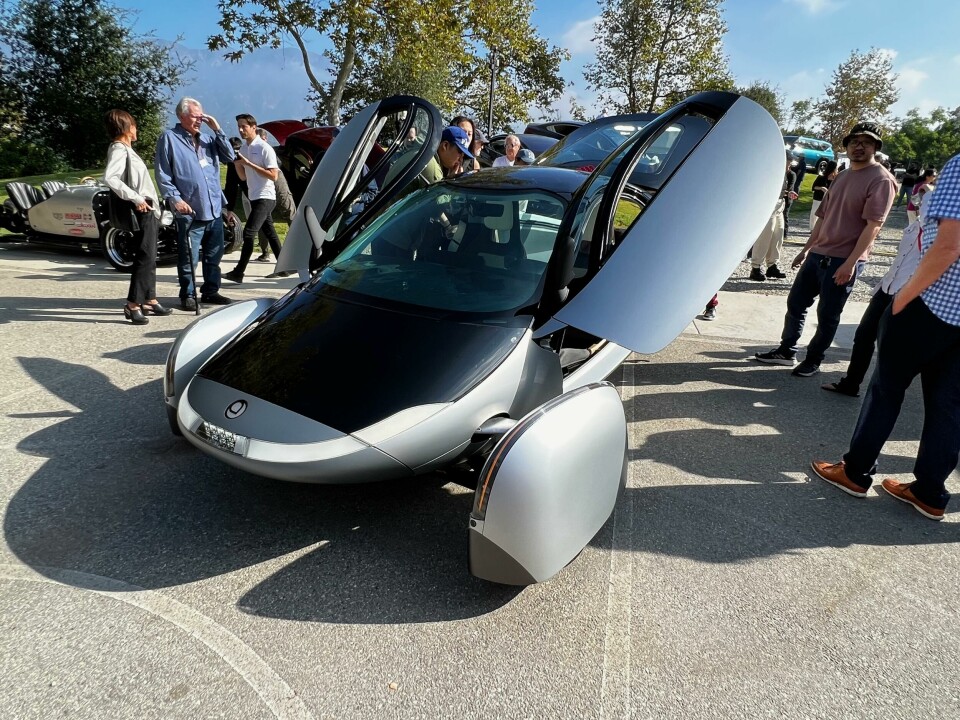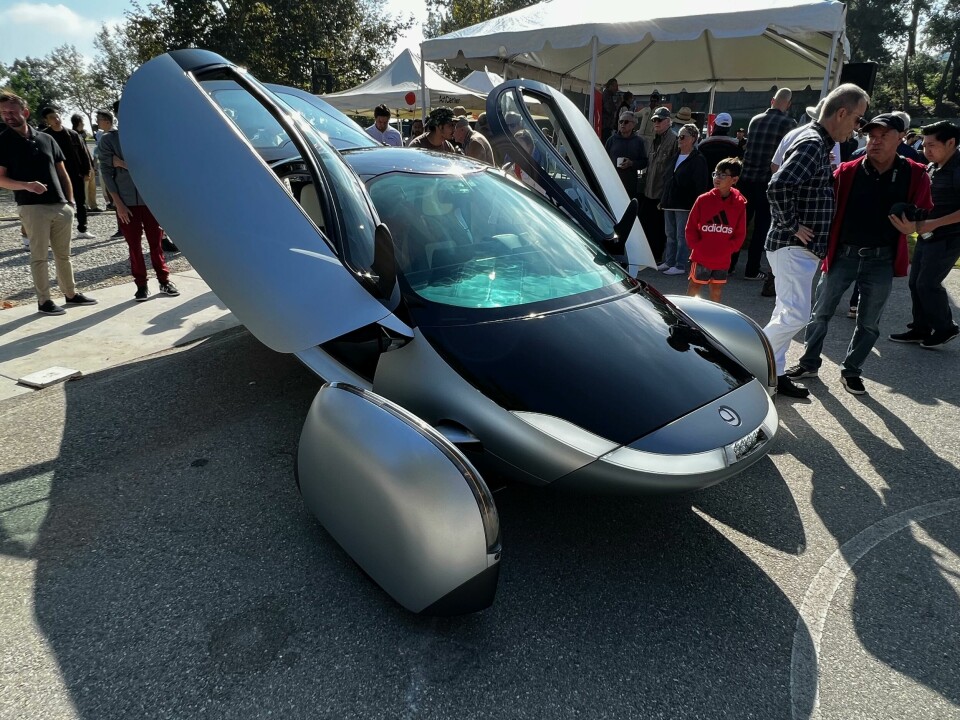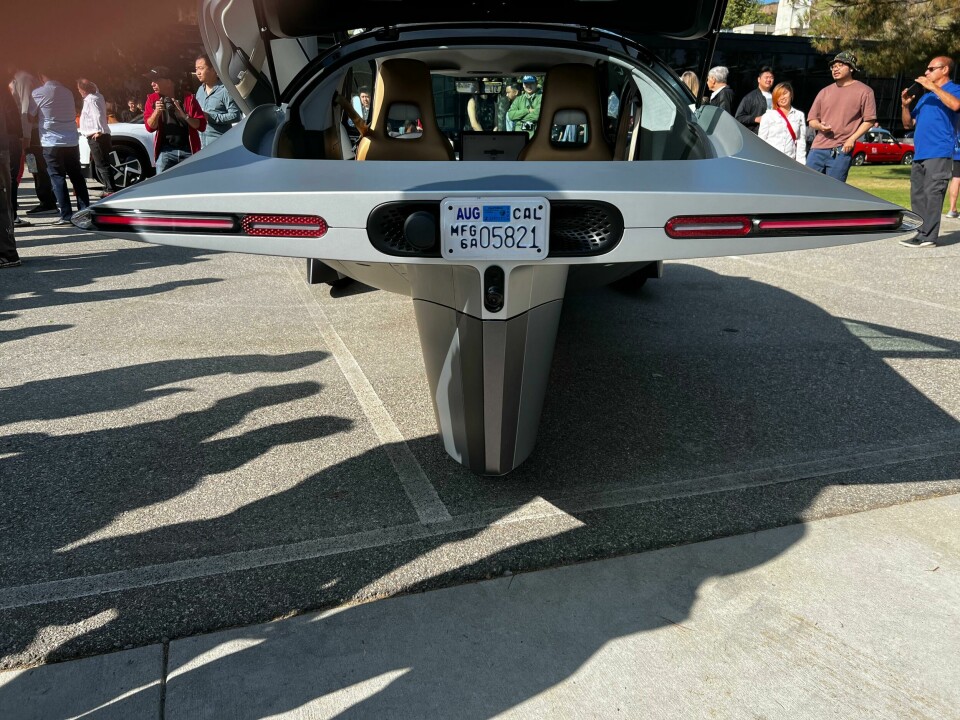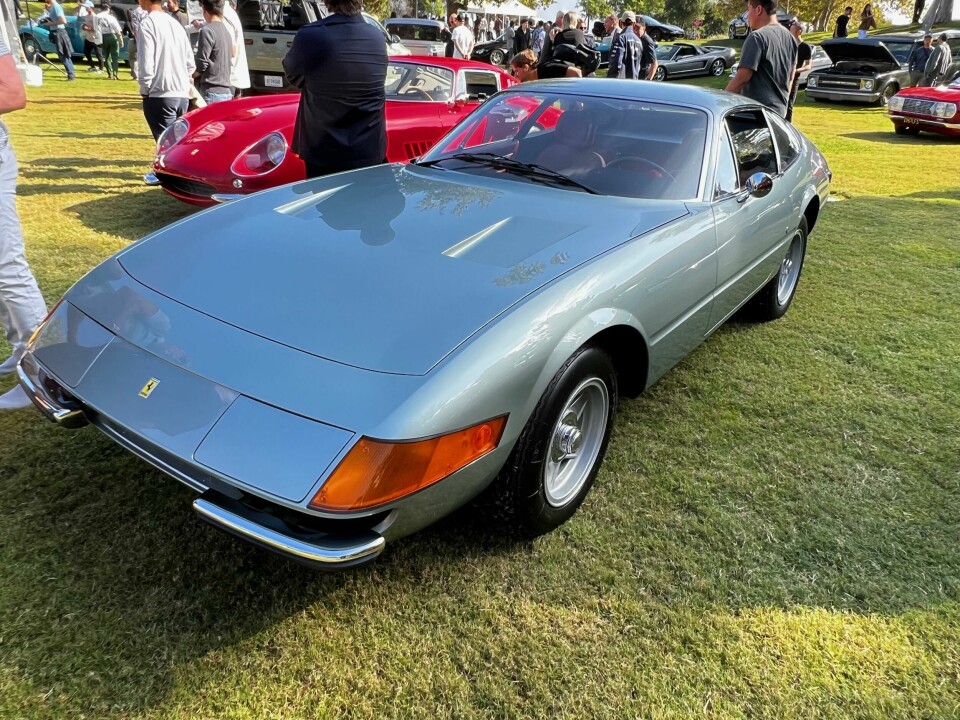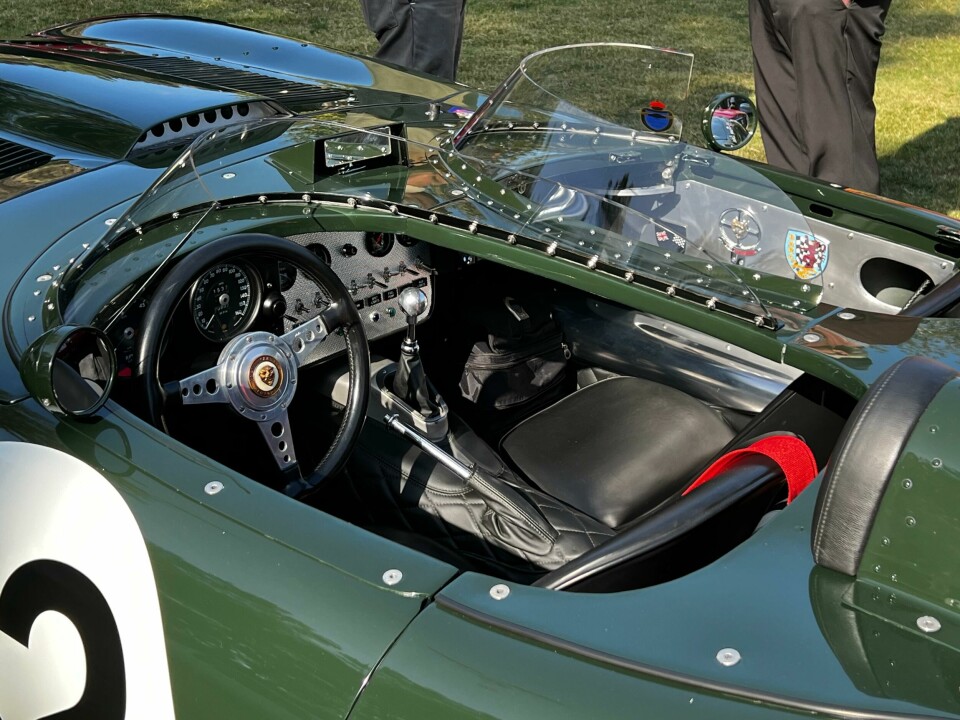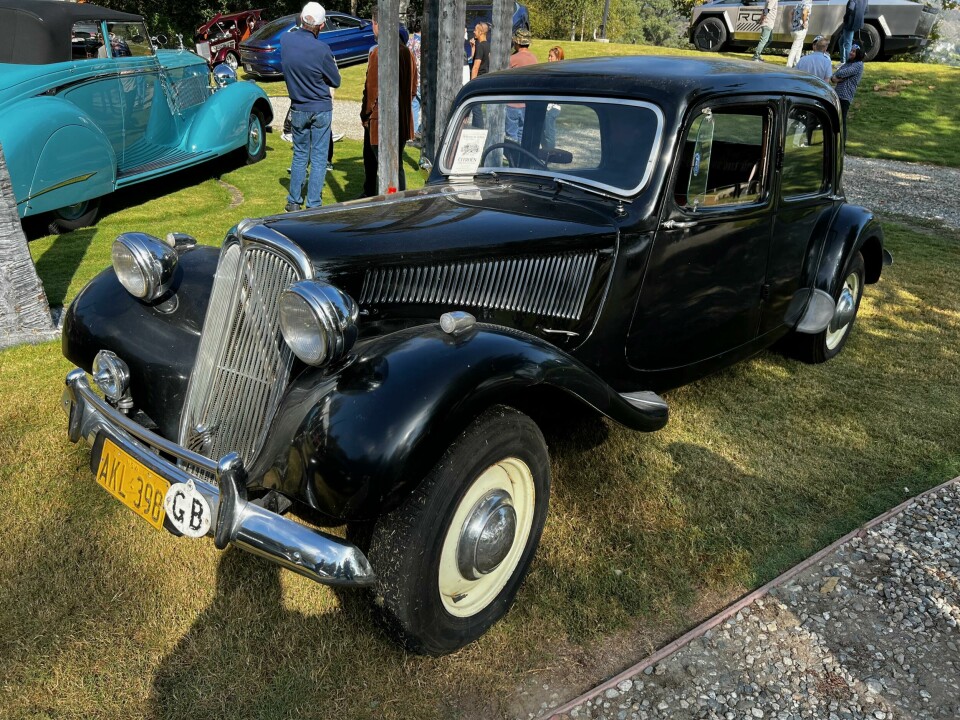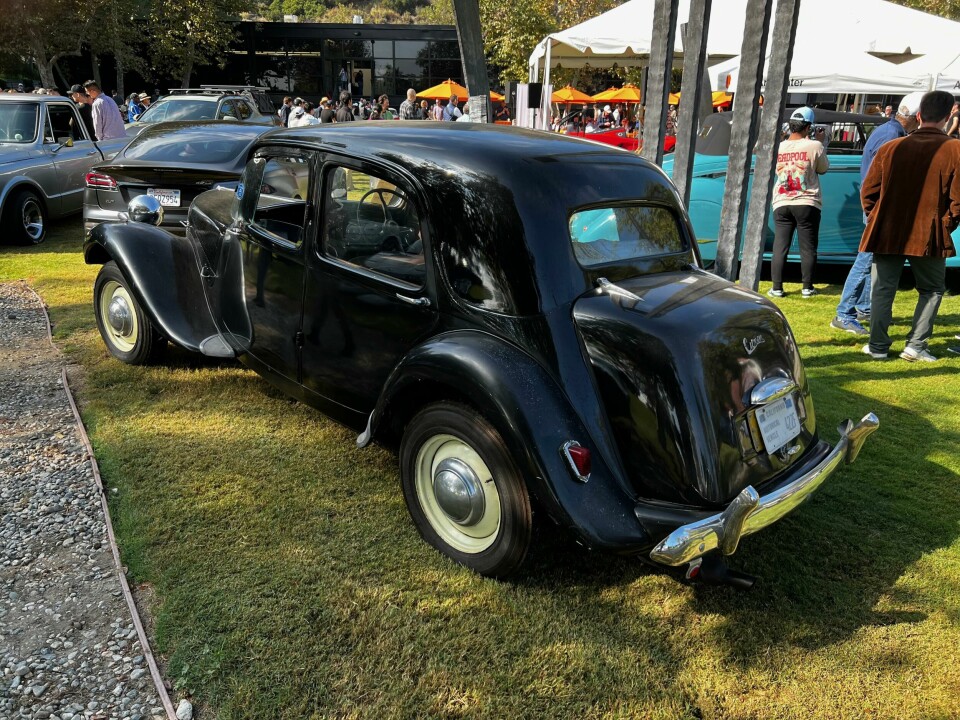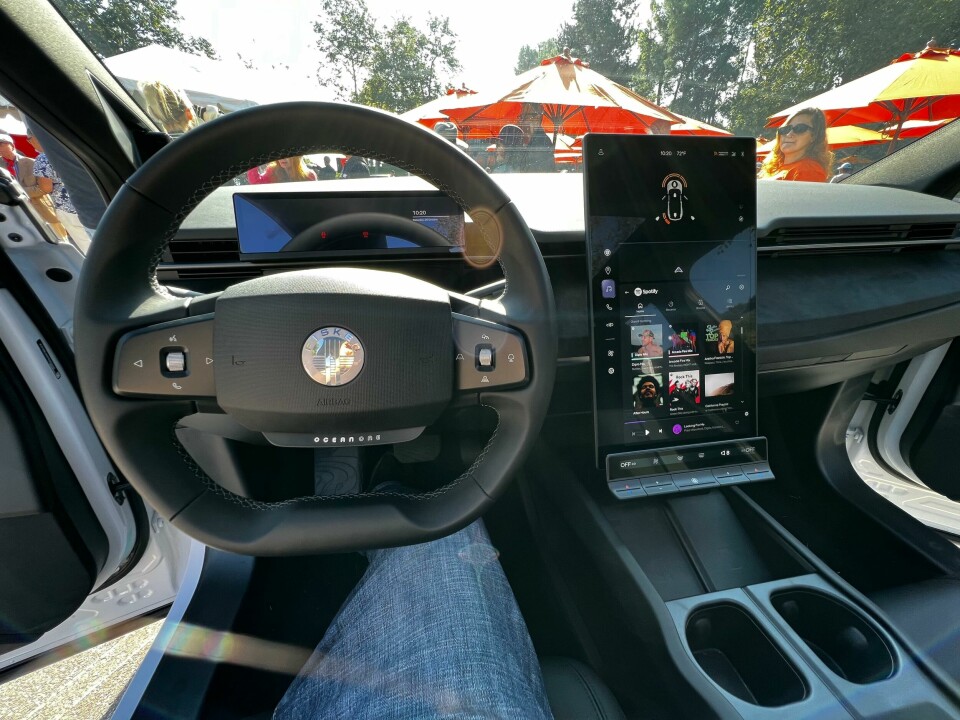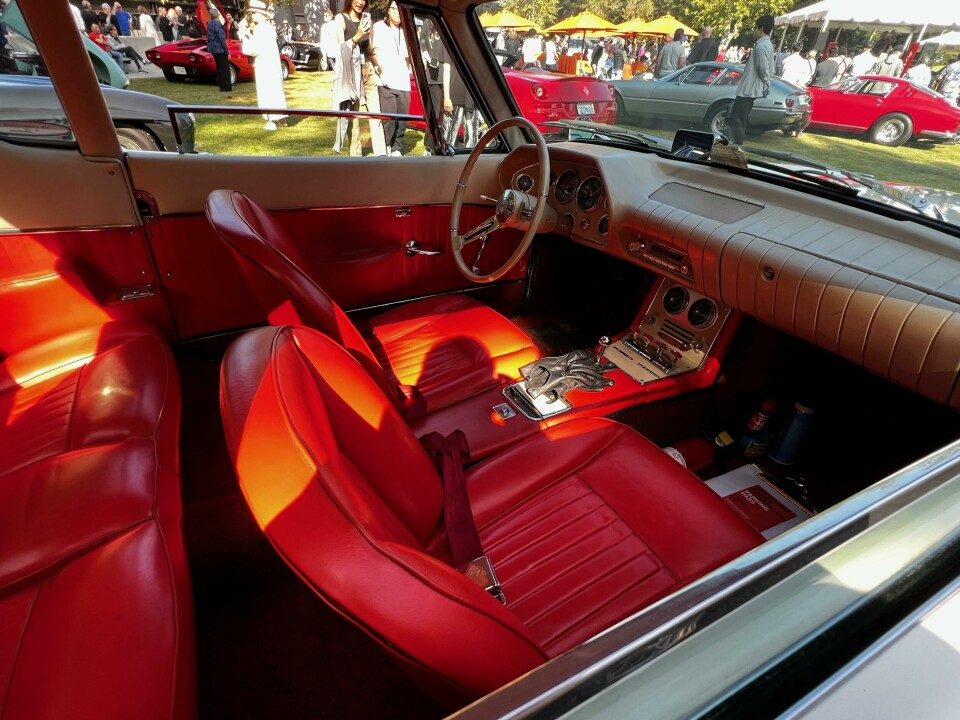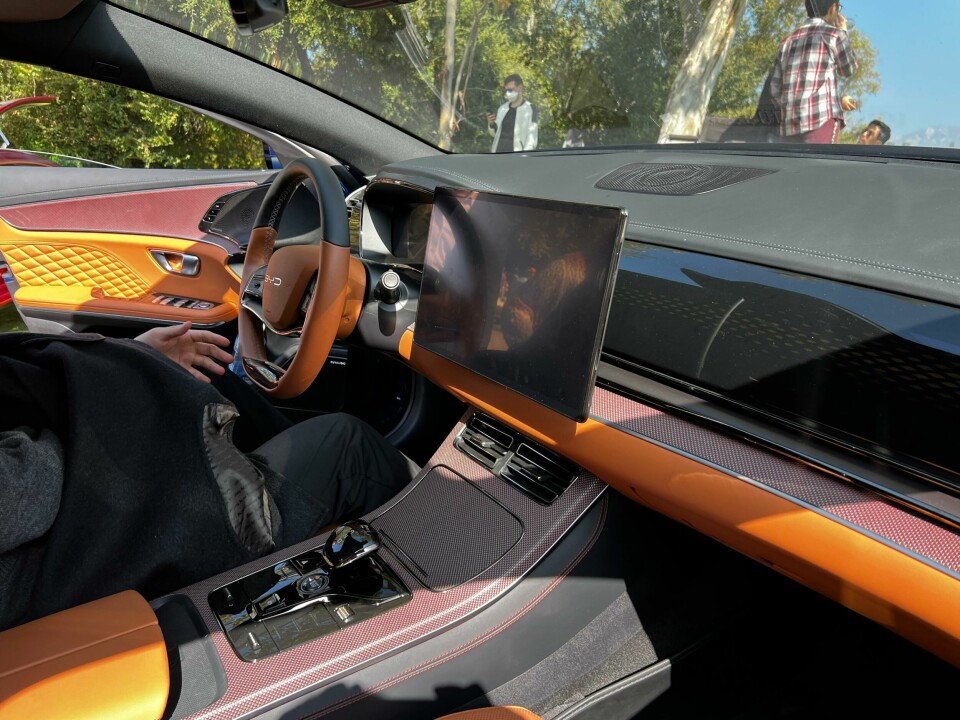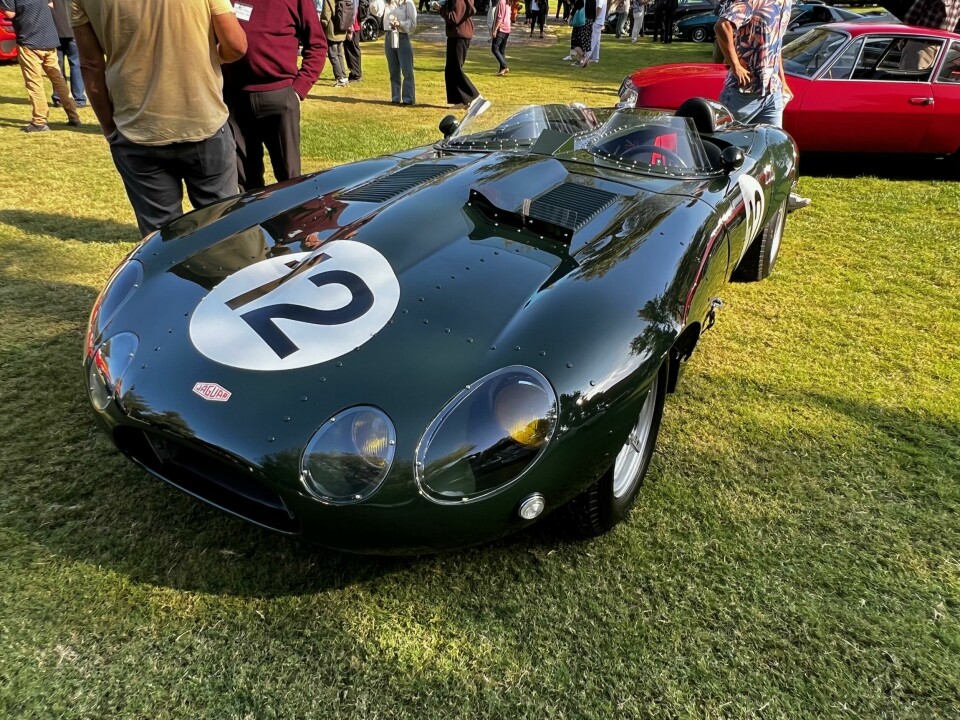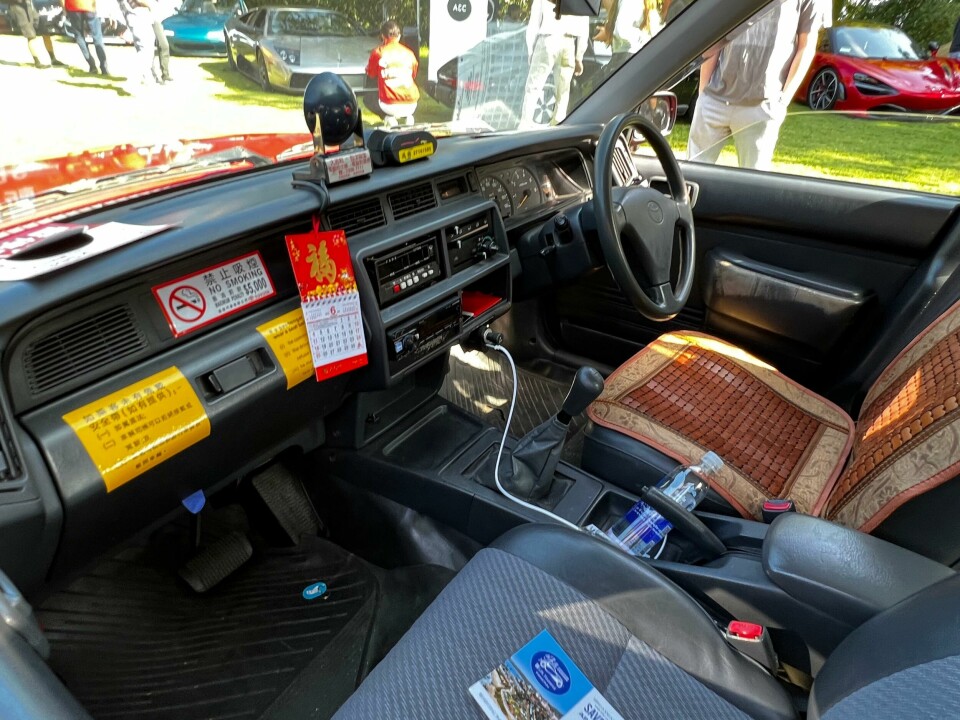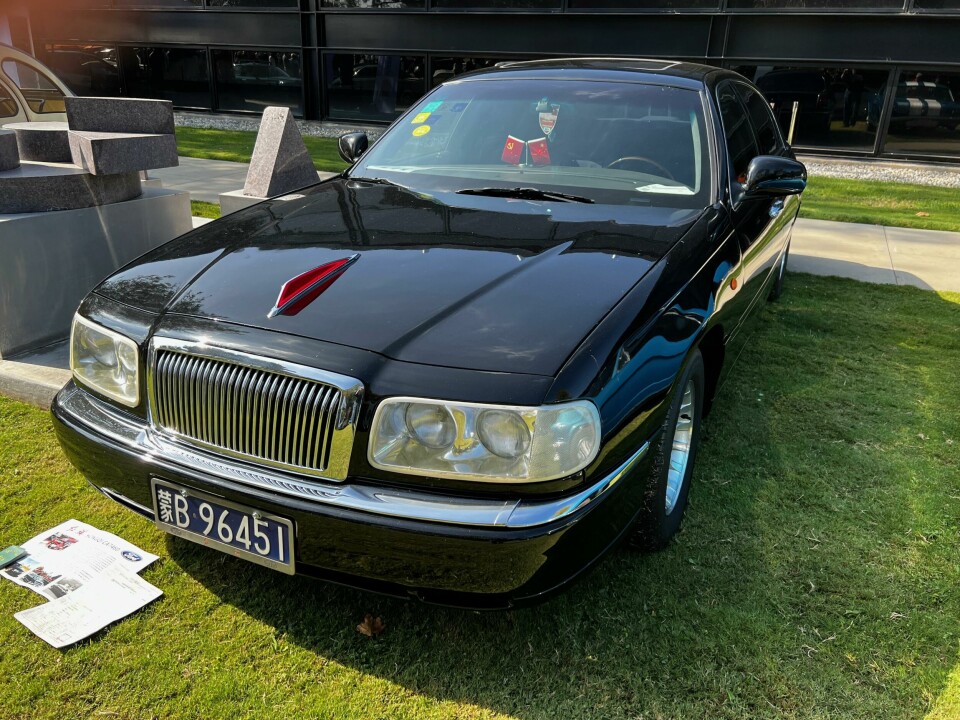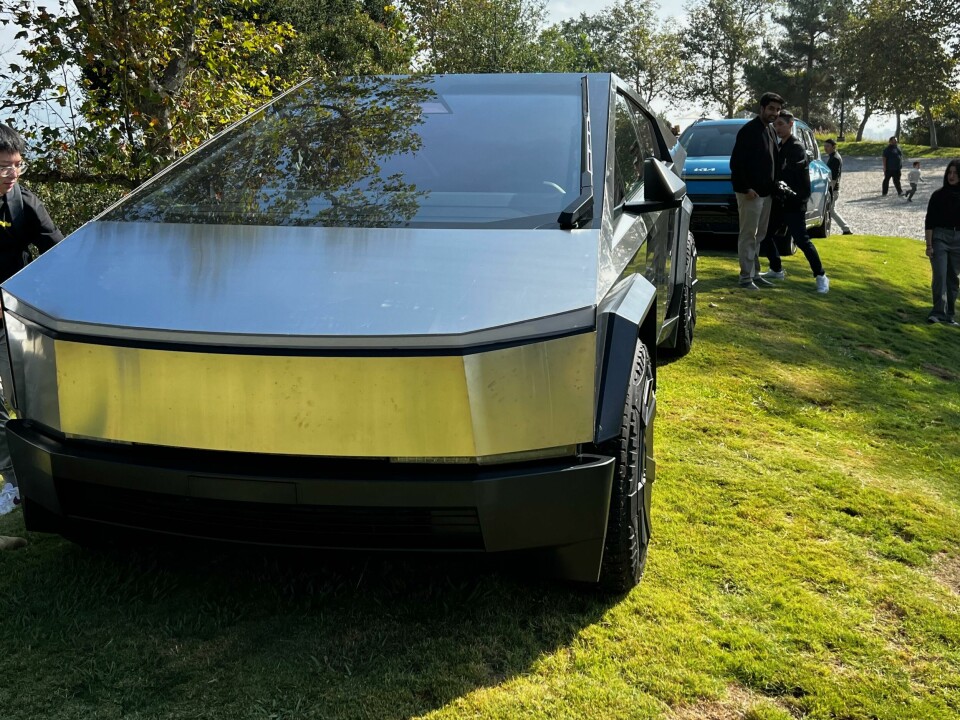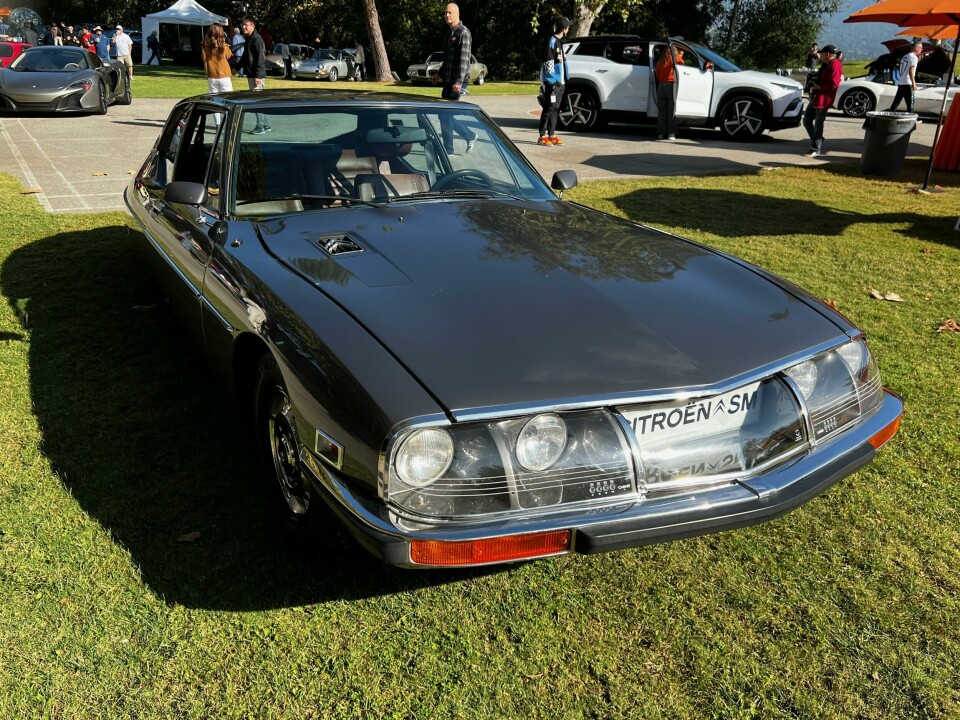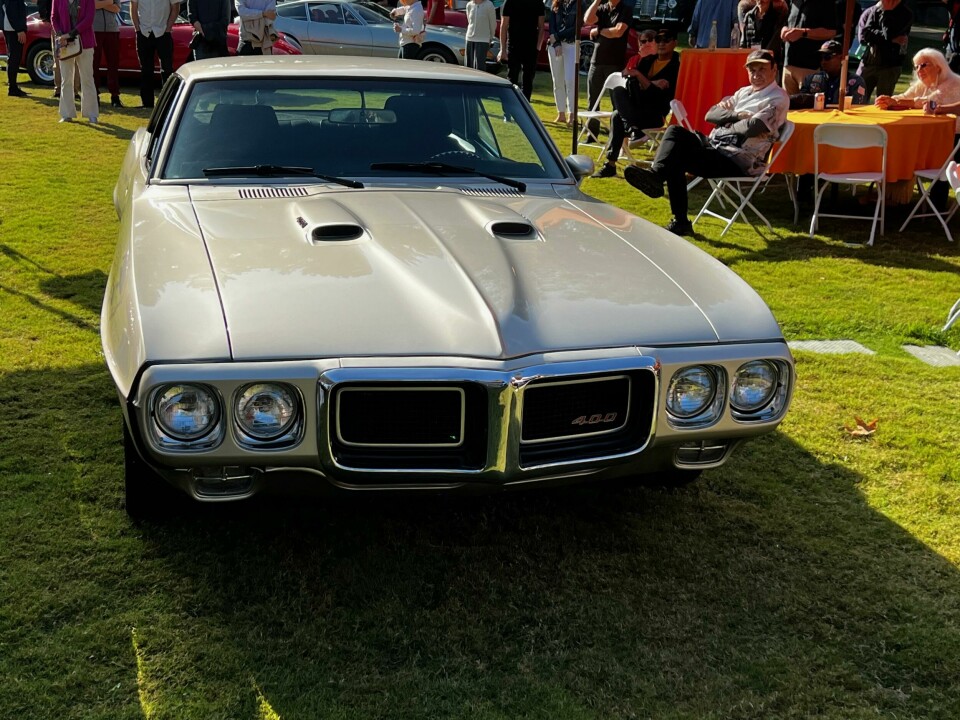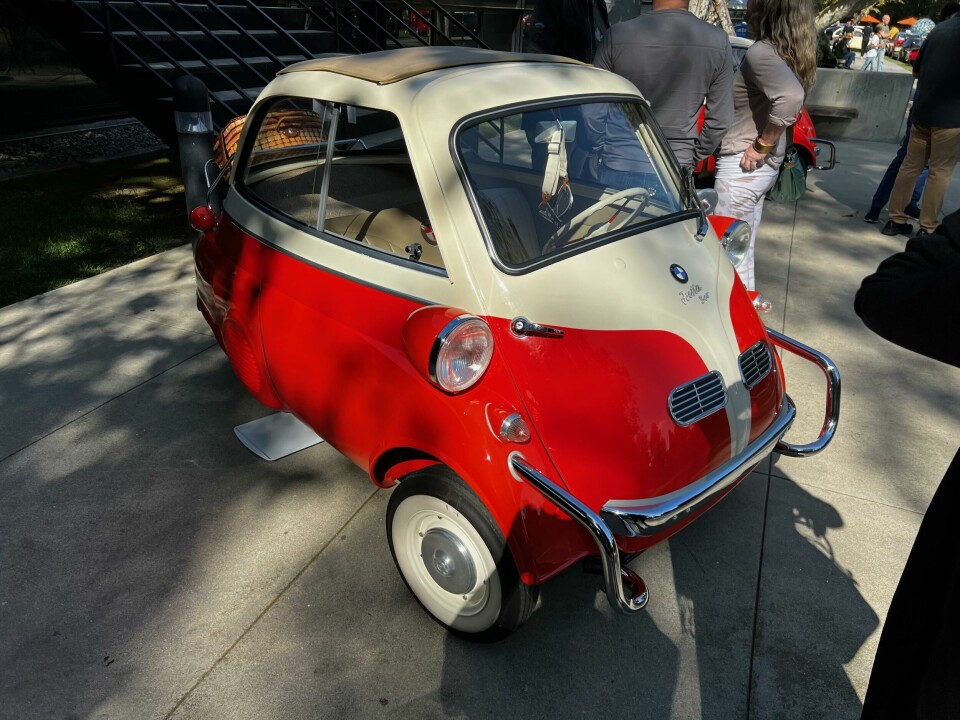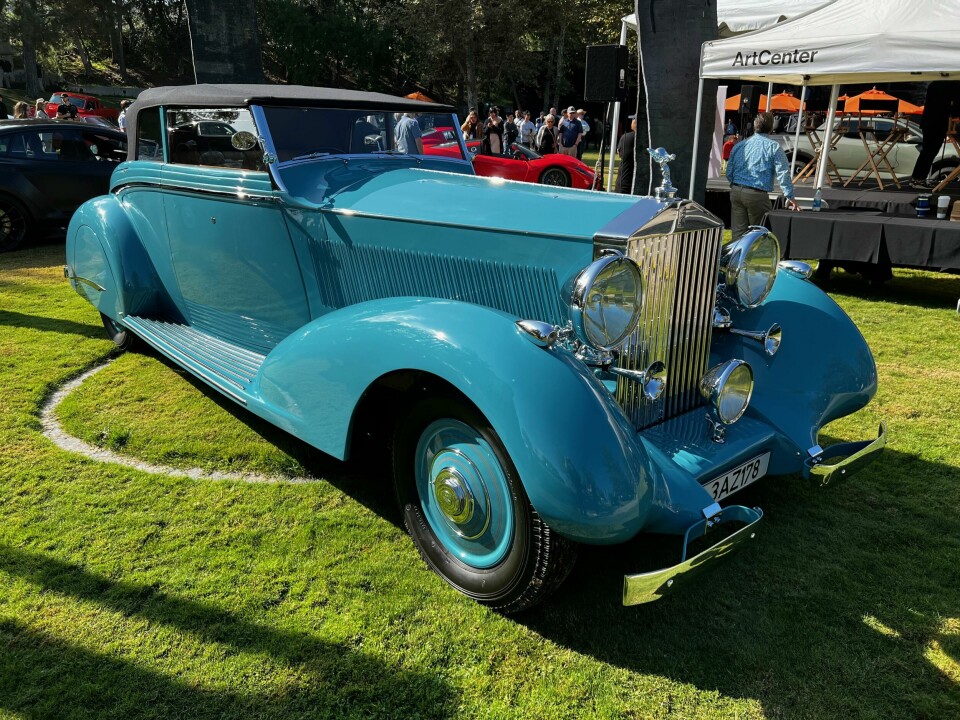
Review: Artcenter Invitational 2023
The annual Artcenter Invitational returns with a renewed focus on the school and the students, and the cars
On a stunningly beautiful autumn afternoon, students, faculty, designers, and select members of the press were invited to ArtCenter for the annual ArtCenter Invitational. Before the pandemic, the event was open to all, and had a large number of cars and visitors-so many, in fact, that parking was moved to off campus, and visitors had to be shuttled to the event. It was considered a sort of “Pebble Beach lite” concours-type event, with many museum-quality cars.
Post-pandemic, ArtCenter decided to streamline the event and turn the focus to alumni, and present and future students in an invitation-only event.
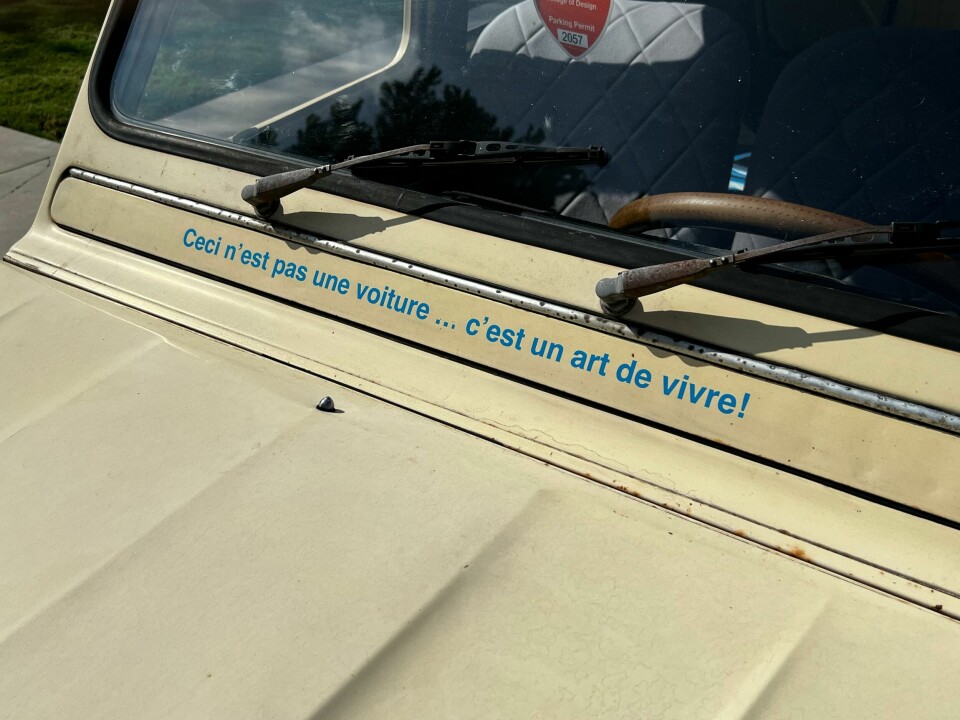
Linking the past, present and future was a central part of the program this year, and the day started with a recognition of the Fisher Body Craftsman’s Guild, which will soon be part of the Petersen Museum’s permanent collection.
Almost forgotten now, the Fisher Body Craftsman’s Guild was a program from the 1930s to late 1960s to encourage interest in automotive design among teenagers. Organised by GM’s Fisher Body division, the competition promoted advanced styling and an understanding of massing and proportion in automotive design.
At the middle part of the last century, half of the car designers working in the profession participated in the Guild competitions, and it was a way for young people to get a leg up on automotive design education, even if they lived far away from a design school. There is astonishing talent in these little models, designed and built by young people with no design education. Their efforts would lead to scholarships, internships, and brilliant careers. Quite a few of the winners would matriculate through ArtCenter’s program.
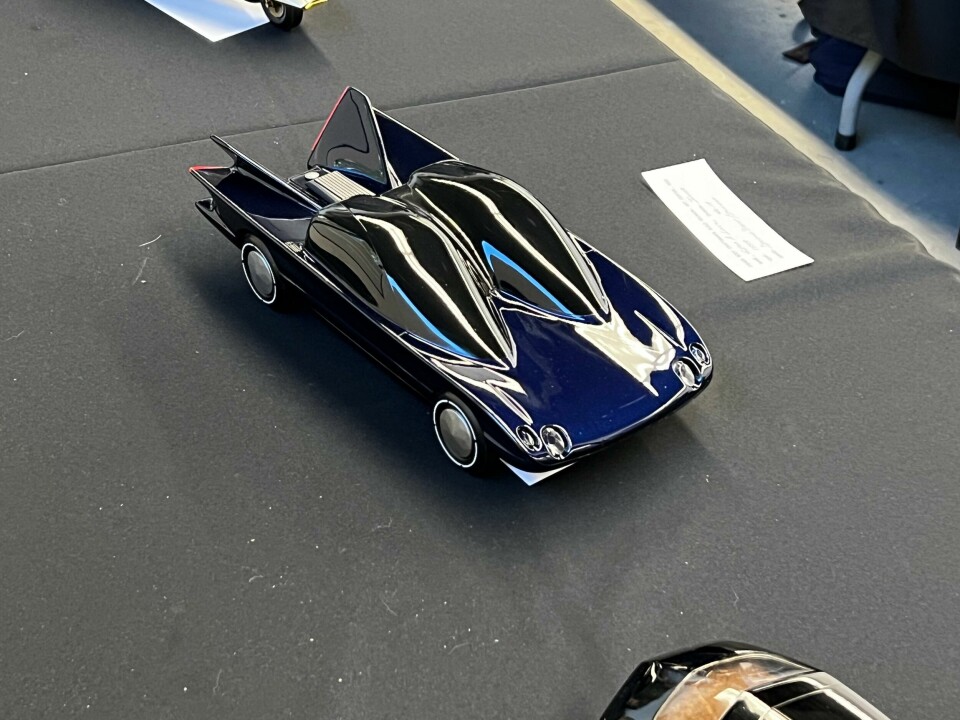
More linkages between the past, present and future met in a conversation between four generations of Transportation Design Department Chairs, Ron Hill, Ken Okuyama, Stewart Reed, and the new Chair of the Transportation Design program, Marek Djordjevic. Much was made of the advance of technology in automotive design, although everyone emphasised that traditional skills in three-dimensional design, proportion, hand sketching will always be important, especially in a school like ArtCenter, where traditional studios sit side-by-side with digital studios.
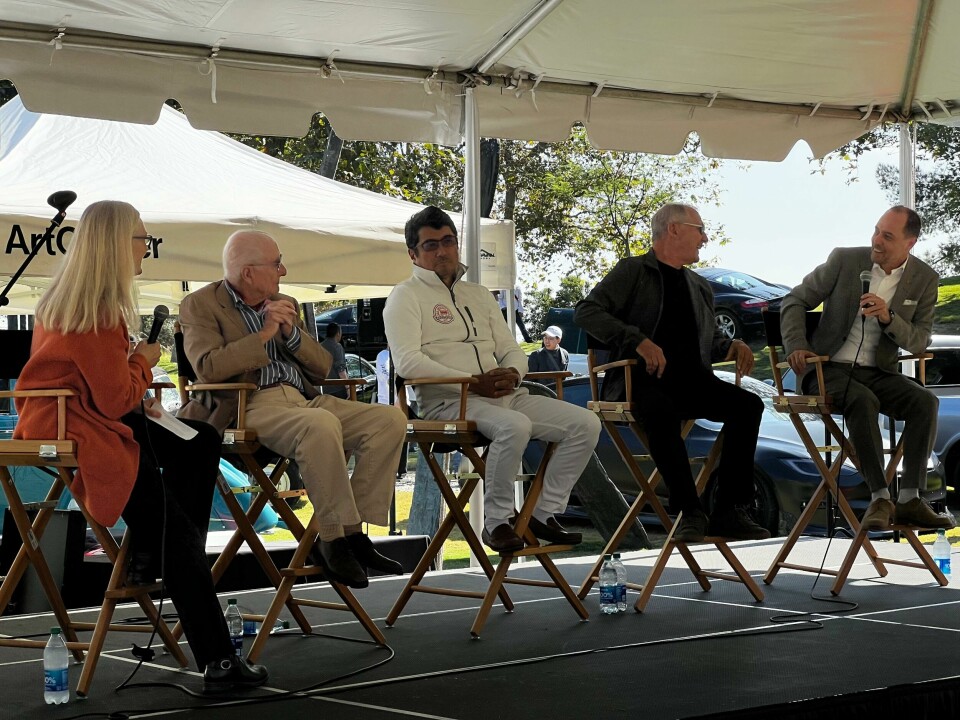
There was a time of Show’n’Tell with automotive designers reviewing the design of cars and trucks they brought to the event. Henrik Fisker, after opening with humorous remarks about how crazy he was to start not just one but two car companies, reviewed the design of the Fisker Ocean, which can now be bought in Europe and the U.S. Fisker noted that he would have liked to build a supercar, but that an SUV was a way to get in the market and innovate in a popular format. More Fisker prototypes, including the Ronin, a supercar, have been introduced and these are due in the market in coming years.
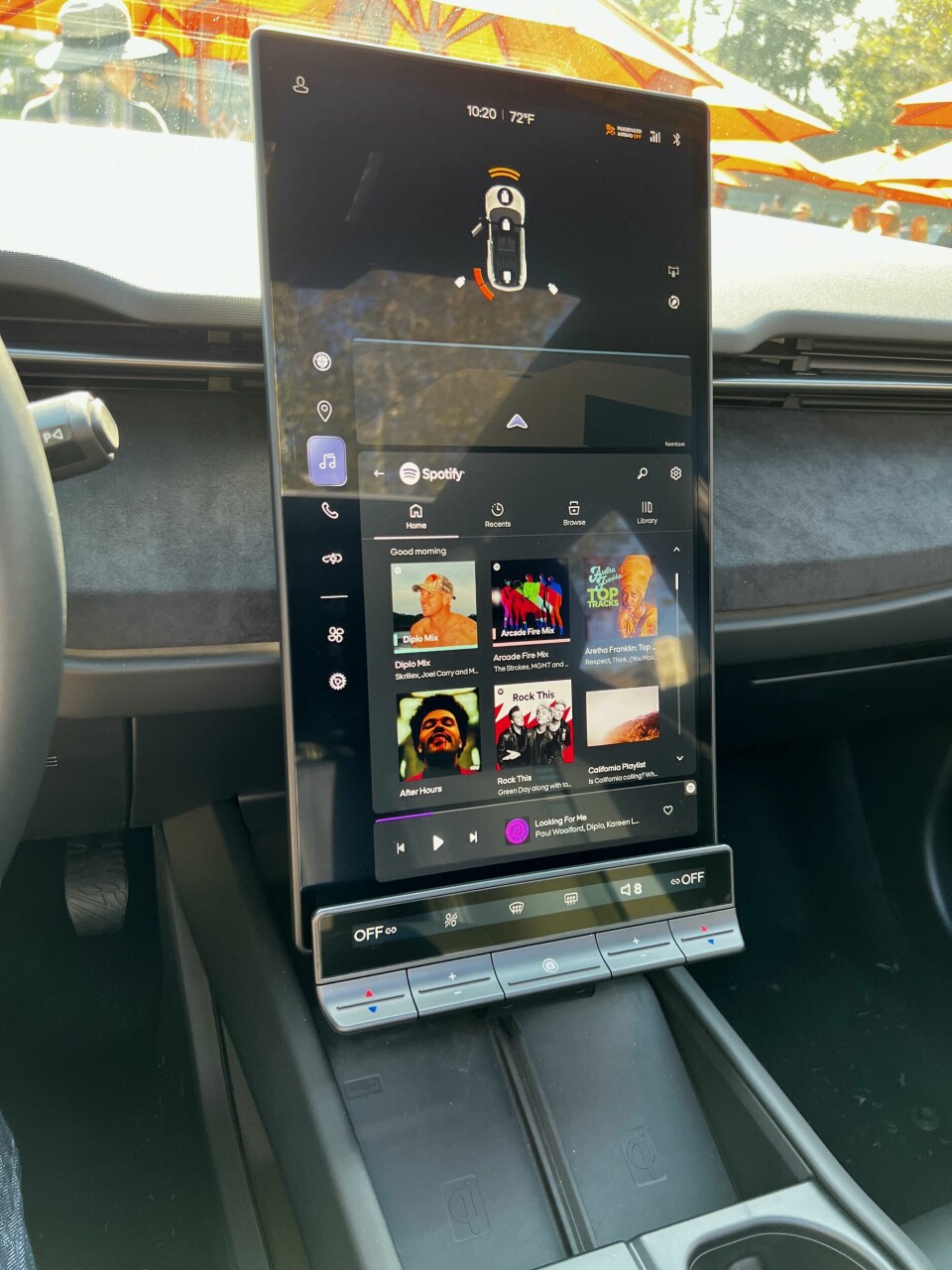
Ken Okuyama introduced his KODE 61 Birdcage, which debuted at Villa D’Este earlier this year.
The two-seater roadster, which is in limited production, is inspired by the 161 Maserati racer of the same name. Okuyama wanted to channel that spirit and, quite a bit of the engineering, into a modern car. Many attendees noted the similarities to the “Mach 5” of Speed Racer cartoon fame, and we couldn’t help noticing a passing resemblance to the C3 generation of Corvettes.
Finally, Jason Hill (son of Ron Hill), introduced the Aptera, which is really the second coming of the radical car first introduced in 2008. This version of similar design, but will be a solar-electric car. If and when it enters production, it will be the most aerodynamic car on the road, though technically, with three wheels, it will be legally classified as a motorcycle. Its sculptural form and profile attracted lots of attention, and Hill noted that its design was a departure from the “skateboard” school of electric car engineering. Solar panels, specially designed to curve in two directions, will cover the top and rear windscreen area and will have the power to drive the car some forty miles without relying on the battery pack, which increases the range to 1000 miles.
Later in the day, a panel convened to discuss the future of the supercar. The panel, comprised of Nathan Malinick of Hennessey, Pontus Fontaeus of GAC, Ken Okuyama, and Sasha Selipanov.
Each gave a brief presentation and articulated the vision of the supercar of tomorrow. Conclusion? A bit of everything will characterize the supercar in the coming years. Some will be electric and extremely high-tech, while others will be more analog with traditional mechanicals, including manual transmissions and screaming I.C.E. engines. Rather than convergence of style and technology we will see an expansion of super-and hyper-car formats.
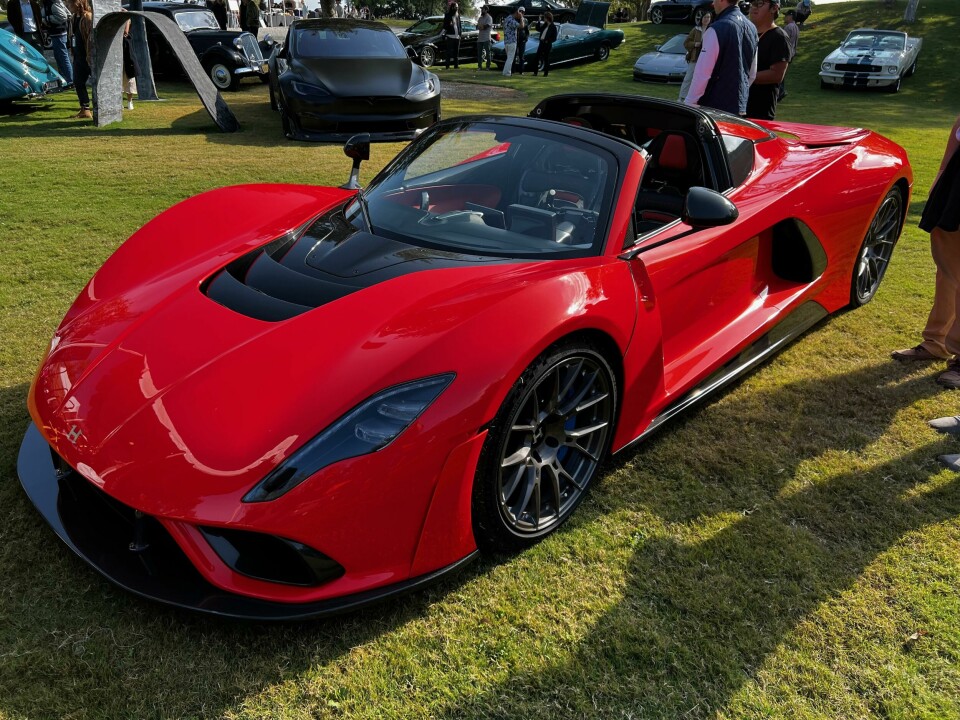
Later discussions involved the future of transportation and in conjunction with those discussions, there were tours of studios -some with students working to finish mid-term projects.
And, of course there were the cars- classics old and new, from three continents, some still employed as daily, or semi-daily drivers. There were too many to describe each here (see gallery below), but of particular interest were the electric cars, parked in close proximity together. The Aptera, next to the Tesla Cybertruck, parked next to the BYD sedan, and the Kia EV9, and the Fisker Ocean. There was an interesting dialogue between the designs of the vehicles, each a glimpse of the future of the automobile. In another generation they may return to a future ArtCenter Invitational, celebrated as heralds of new generation of automotive design.
